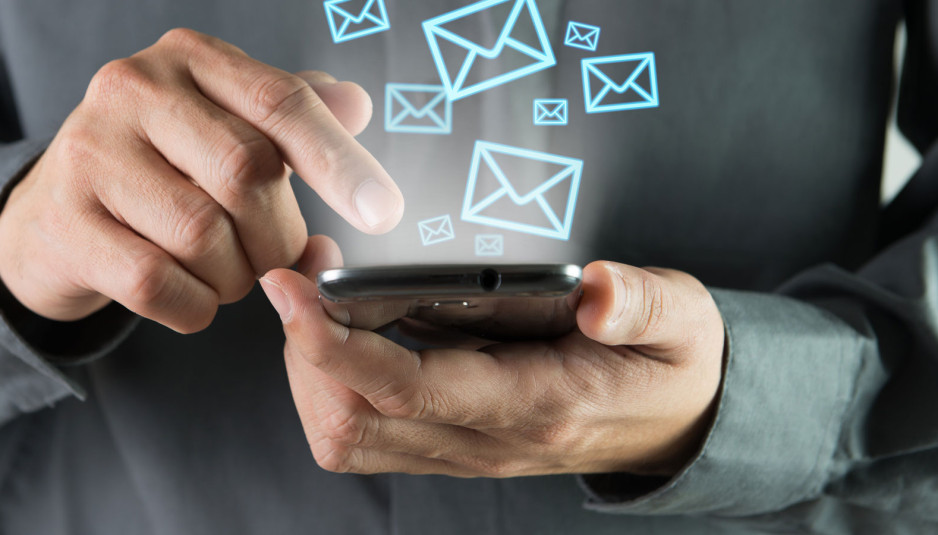Email marketing can help businesses effectively connect, nurture and engage with their community base. Real email marketing success depends on open rates. The one big step that email marketers can take to get the end user to actually open the email is to personalize their emails. There is compelling evidence to prove that personalized emails get better results because they are tailored to meet consumer needs and interests. In an eConsultancy report, a whopping 74% of marketers agree that targeted personalization increases customer engagement. A study by Experian confirmed that personalized promotional emails had 29% higher unique open rates and 41% more unique click-through rates. Another report by Statista in 2014 concluded that personalized email messages show improved open rates of 17.6% in comparison to 11.4% for emails without personalization.
People feel more loyal to brands that better understand them and their specific needs. Businesses have to be authentic and offer their audience relevant content about products or services that add value to their lives. Smart marketers can easily accomplish this through highly customizable and targeted personal email marketing but oddly over 60 percent of marketers find real-time personalization extremely challenging. So how do you go about personalizing your email to attract your customer’s attention every time? Let’s discuss.
Audience Segmentation Before You Begin Sending Emails
When it comes to personalizing your message it’s all in the details. You need to understand customer demographics, locations, their backgrounds, browsing habits, products purchased, click-through’s and download behavior to be able to better categorize your audience and create targeted customer personas & list segmentation. To get more information about the people you are targeting and help you craft better marketing content for your emails, you can add relevant questions on your landing page forms such as business size, revenue, B2B or B2C, job level, and more. To create better segments, you can use lead-capture forms, or get more insight from other sources, including social media and your CRM, such as the types of content they’ve downloaded from your website, emails sent to them in the past, or even if they have interacted with a sales rep. For example, you can offer customers active on Pinterest some kind of Pinterest-only promotion or create specific email messages for leads that have been in touch with a sales rep, and have a totally different message for leads with no contact from sales. In their published report, Quarterly Digital Intelligence Briefing , eConsultancy found that 88% of marketers who personalize the email experience using social graph data report higher ROI but sadly only 6% actually do it.
Personalize Your Campaign Specifically for That Segment
Contact lists are more than names; they are people who want to develop personal relationships with a brand. So, whether you are sending out lead nurturing emails or monthly newsletters to lists your business has developed, your contacts need to know that the email has been written with their interests in mind rather than just yours.
- Subject line: Personalized email subject lines with the recipient’s first name, company name, topic of interest, reference to past behavior can grab your readers’ attention almost immediately. Most recipients take only three to four seconds to decide whether to click on your email or to delete it and nearly 35% make this decision based only on the subject line.
- Customize the sender name: It is all about adding a human touch to your conversations so you also need to customize the sender name in the email. Try using a familiar name that your lead may recognize such as the sales rep owner or even that of your CEO. According to, HubSpot emails sent by a real person instead of those sent from a company name increased both open and click-through rates.
- Get personal in the body of the email: Use personalized rich information that you have collected about your leads in the body of the email to make your message more relevant and personal to the individual. The content and language used to promote your offers within the email itself needs to align with the interests and needs of the particular segment it is aimed at. What it all boils down to is letting the list members know that you are speaking to them, one on one. Use the same personalization in your thank you page or follow-up emails. For example, if you’re sending a thank you email to the recipient for converting, you can send -appropriate secondary content offers or if it is a follow-up email to someone who downloaded an ebook, you can send links to your resources page for further reading. The idea is to craft a message that resonates well with the targeted specific group of leads. To see better conversions, you must get the message right.
Use the right tools for personalization: There are a variety of distribution tools to help you organize and track engagement & growth for your email marketing efforts, like Contact Contact, Mail Chimp, etc. You can even use CRM (customer relations management) software such as Salesforce or Hubspot to build individual contact’s communication records and track contact engagement. You can as easily serve personalized content and CTAs based on visitor’s geographic location, the site they accessed you from, or their device, which opens up personalization even for anonymous visitors.
All About the Personal Touch
Think of the number of emails you get every day, some of it useful and many more that is not. In order to get the attention of your customers in the competitive landscape of email marketing, you have to get personal. It makes people feel more valued and understood. To create personalized email content that people love and to improve your campaign results, don’t hesitate to talk to us at Local Directive.






